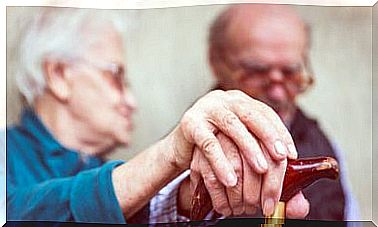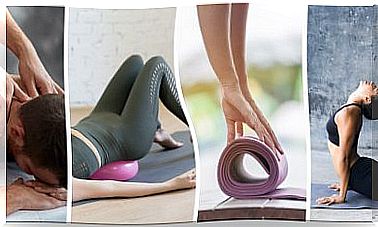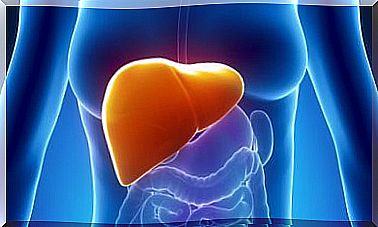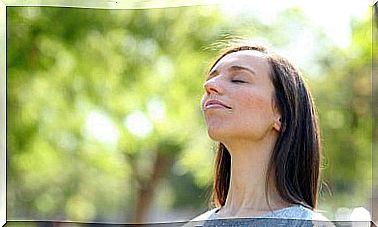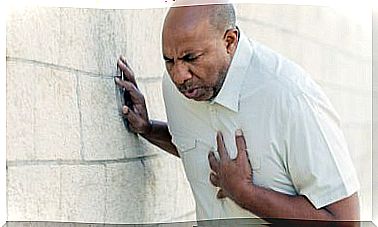Exercises To Combat Herniated Disc
Performing exercises to combat a herniated disc is one of the medical indications that accompany the protocol for addressing this pathology. Both health professionals and people linked to the world of gymnastics agree on the importance of physical activity for these patients.
The herniated disc has different forms of presentation according to its location in the spine. In the same way, the degrees of severity are variable, as well as the accompanying symptoms. Read on to find out more.
What types of herniated disc are there?
A herniated disc is a protrusion of the intervertebral disc out of the axis of the spine. This anomalous position of the anatomical structure comes into contact with other tissues that, in the end, will be the ones that determine the symptoms.
The entire length of the spine can be herniated. This helps in the classification of the pathology, which can be cervical, thoracic or lumbar. The first and last are by far the most frequent of the three.
If we think of the spine as a stack of vertebrae, we will understand that there must be something between them that acts as a shock absorber. That something is the intervertebral disc, formed by a more fibrous capsule and a center of soft consistency that absorbs impacts.
The discs are located between the bony vertebral bodies, and maintain a central position in the back that respects the limits imposed by the bones. When one of the discs comes out to the side due to a herniation, the internal balance is lost and the nerves are inflamed, due to proximity.
Thus, we can catalog the following types with their symptoms:
- Cervical: cervical disc herniation is located in the neck and its main symptom is usually neck pain and pain referred to the upper limbs.
- Thoracic: it is the least frequent and manifests with pain in the chest or in the path of the ribs.
- Lumbar: a lumbar disc herniation tends to generate signs in the lower limbs, through lumbociatalgia.
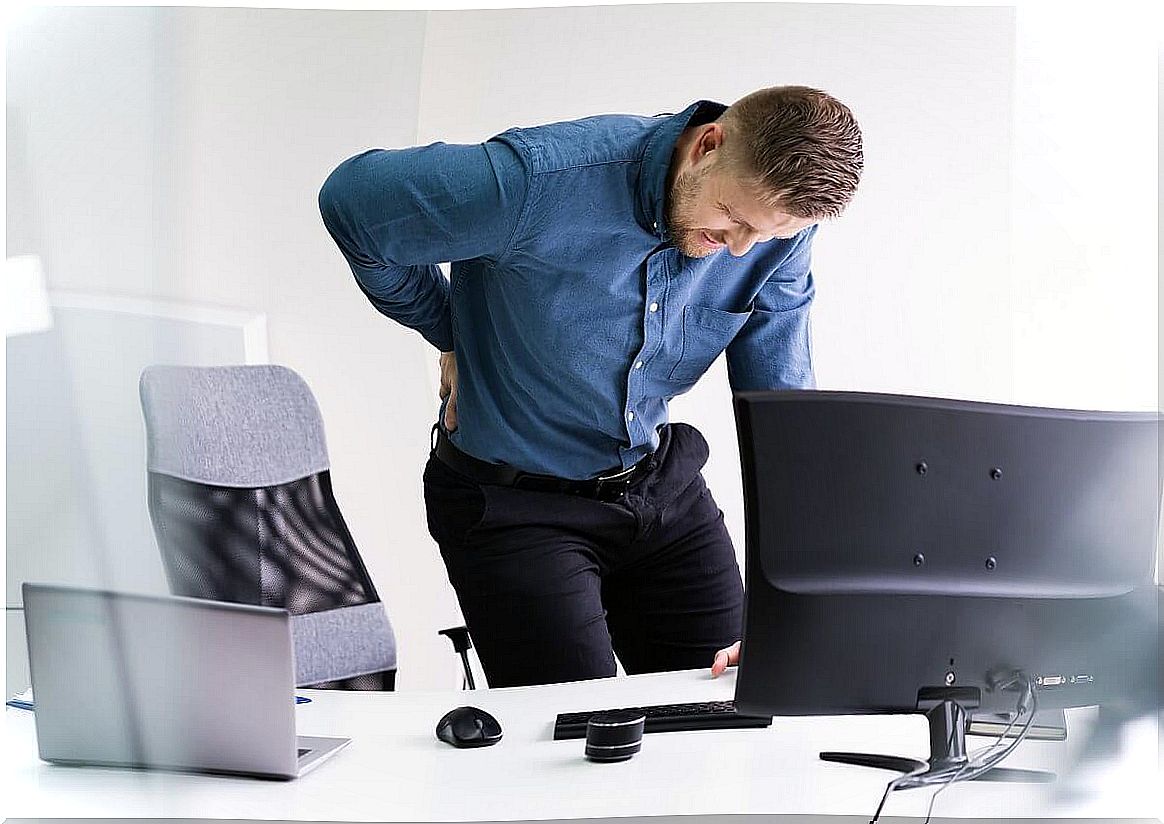
What exercises are used to combat a herniated disc?
As we have already seen that there are different types and symptoms of herniated disc, we will also have to divide the recommended exercises according to that location. We cannot recommend movement of the lower limbs to people with neck pain or vice versa.
Exercises for cervical disc herniation
In this case, self-massage of the neck appears to be the one with the most scientific evidence in its favor. Often, when a person consults for this ailment, the doctor indicates physiotherapy and the kinesiologist teaches him to perform massages in his own home.
It is convenient to consider that, beyond the specific technique, the use of the fingers and the circular direction of movement are important. These self-massages can be done at any time, during breaks from work, when watching television or in any moment of relaxation.
Anaerobic physical activity in the gym is not a bad option. It is usually recommended to start it once the first acute pain has subsided. The aim is to tone the neck muscles that support the spine. In this way, more support is generated for the central balance of the spine.
The muscles that are worked are the paravertebral, in a position that does not cause pain. The weight should be handled with caution, since the impingements of the cervical disc hernia take the force in the upper limbs, and this leads to accidents when holding weights or dumbbells.
Sports recommendations for thoracic disc herniation
Thoracic or dorsal disc herniation is poorly understood. In fact, many people may assume that the disorder cannot exist at this level in the spine. Well, not only does it exist, but its approach is more complicated than in the rest of the forms of presentation.
The recommended exercise is active and progressive. Gymnastics routines focused on stability and strength are established, so it is common for physiotherapists to insist on static positions for proprioception.
As recovery and muscle strength gains progress, new routines are developed. In this type of disorder, the accompaniment of a professional is vital.
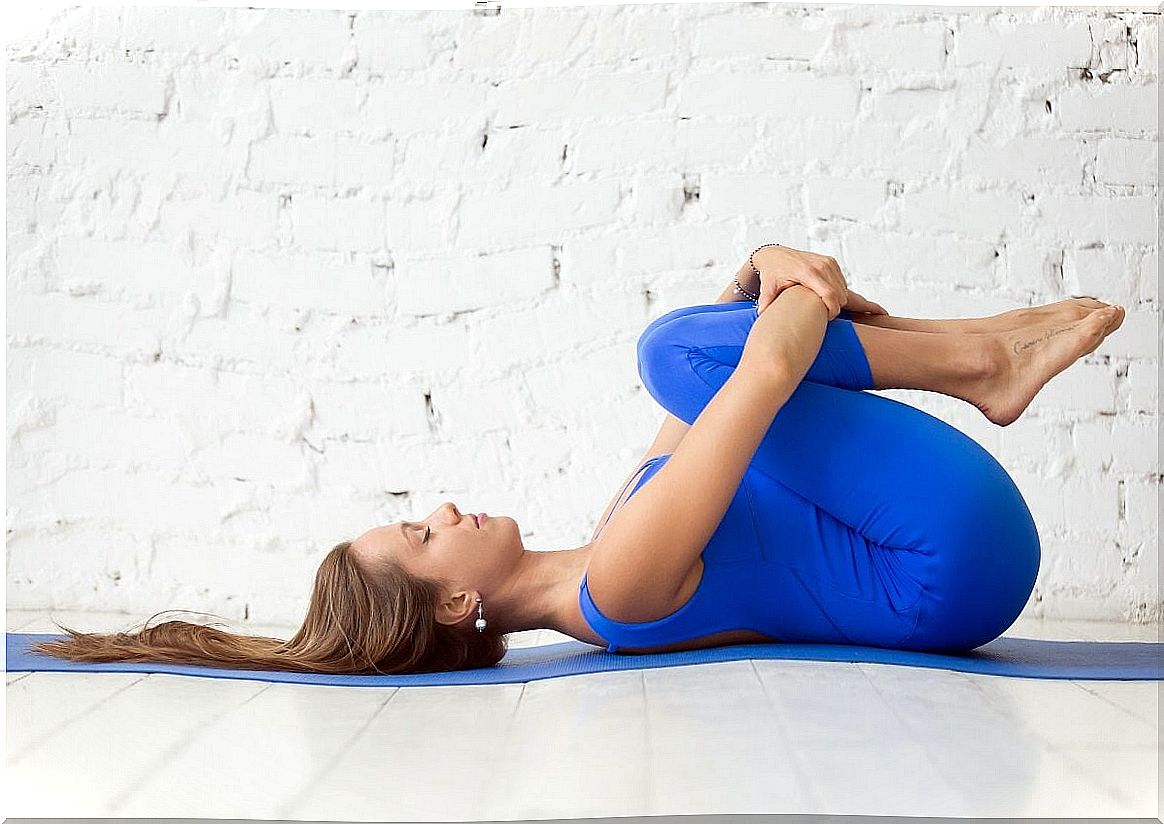
Exercises for patients with lumbar disc herniation
The typical lumbociatalgia is the sign of development of lumbar disc herniation. It begins with a focused pain in the lower back that travels down the path of the sciatic nerve to the groin, thigh, and to the big toe.
It is recommended to accompany the exercises performed with heat therapy, so that the muscle fibers surrounding the injury are relaxed, almost always affected by muscle contractures. This is an antalgic response from the body.
Stretching is essential and should be repetitive. The lower limbs have to reach their maximum amplitude, within the possibilities of each patient, to release the nervous squeeze. If it is the workplace, it is important to create active rest spaces for it.
Using the gym balls for variations of the plank and strengthening the central muscular region of the body helps. As in the neck, the aim is to increase the strength of the surrounding tissues to support the balance of the spine.
Fight it naturally
Exercises to combat a herniated disc are an alternative to the use of pain relievers. Although the latter help relieve pain, it is better to avoid overuse.
With an exercise plan and an active life, a herniated disc is manageable in most situations. Therefore, when faced with this ailment, it is best to go to the physiotherapist for guidance on the best options as appropriate.




